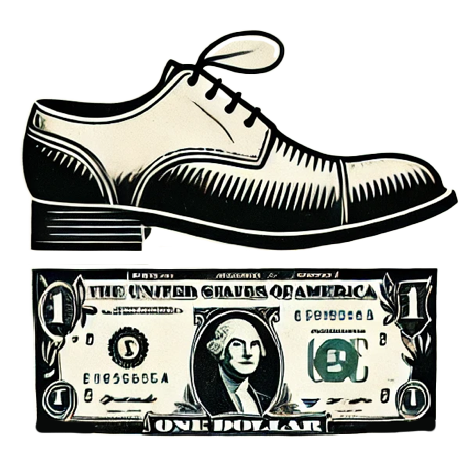As 2025 unfolds, a troubling financial reality looms over many Americans: an escalating wave of credit card debt. A recent report from Bankrate has highlighted a significant uptrend in debt accumulation among cardholders, revealing that nearly half, specifically 48%, now find themselves in a position where they carry a balance month-to-month. This figure marks a notable increase from 44% at the beginning of 2024, signaling potential gaps in financial stability for households across the nation.
Diving deeper into these numbers, it becomes apparent that a significant portion of cardholders—53%—have been grappling with their debts for over a year. This prolonged burden is primarily due to unforeseen emergencies, including medical expenses and vital home repairs, as data indicates that roughly 47% of borrowers escalate their credit utilization as a result of such unplanned costs. Furthermore, the weigh-in from industry experts like Ted Rossman illustrates that high inflation coupled with steep interest rates has created a challenging environment for consumers. As Rossman notes, while brighter days may lie ahead, the ramifications of the last several years are far from receding.
The financial pressures are further underscored by calculations showing that the average American consumer now carries a credit card balance of $6,380. This balance reflects an alarming rise of 4.8% year-on-year, as stated in TransUnion’s latest report. To illustrate the daunting nature of this debt, Rossman highlights that at an annual percentage rate exceeding 20%, simply making minimum payments would prolong the repayment process to a staggering 18 years, ultimately resulting in over $9,344 paid in interest alone. This scenario paints a dire picture of typical consumer experiences and sheds light on the collective financial strain faced by Americans.
Moreover, holiday spending has exacerbated this financial climate. According to a LendingTree report, 36% of consumers reported an increase in their debt levels over the holiday season, with 21% anticipating it will take more than five months for them to pay off these additional expenses. WalletHub’s findings are similarly concerning, revealing that 24% of Americans foresee needing over six months to recover financially from their holiday expenditures. The majority attributed this overspending to inflation, which has led many to stray from their planned budgets. As John Kiernan, an editor at WalletHub, aptly points out, this situation reflects the common trend of financial recovery being postponed far past the gifts and gatherings of the holiday season.
For those navigating this precarious financial landscape, strategies for addressing and alleviating credit card debt have become increasingly crucial. Bankrate’s Rossman recommends consolidation through 0% balance transfer cards as a viable solution for struggling consumers. Implementing such a strategy could allow individuals to make approximately $300 monthly payments and clear the average credit card debt in just 21 months, without accruing further interest.
The mindset toward repayment, however, varies widely across the population. According to Bankrate’s findings, while 30% of credit cardholders remain optimistic about eliminating their debt within a year, an alarming 41% think it will take them one to five years. Additionally, about 13% fear their debts may extend well beyond the decade mark. This disparity in outlook signifies a broader narrative of uncertainty and financial struggle that many Americans face as 2025 progresses.
As we delve deeper into 2025, the trend towards mounting credit card debt evokes significant concern for both consumers and economic observers alike. The juxtaposition of increasing balances, heightened interest rates, and the continued impact of inflation forms a formidable challenge for many Americans. While strategies for debt management exist, the stark reality remains that many individuals will require time and resources to navigate this financial maze effectively. The hope is that greater awareness and informed action can empower consumers to reclaim their financial health amidst rising debts and shifting economic landscapes.

